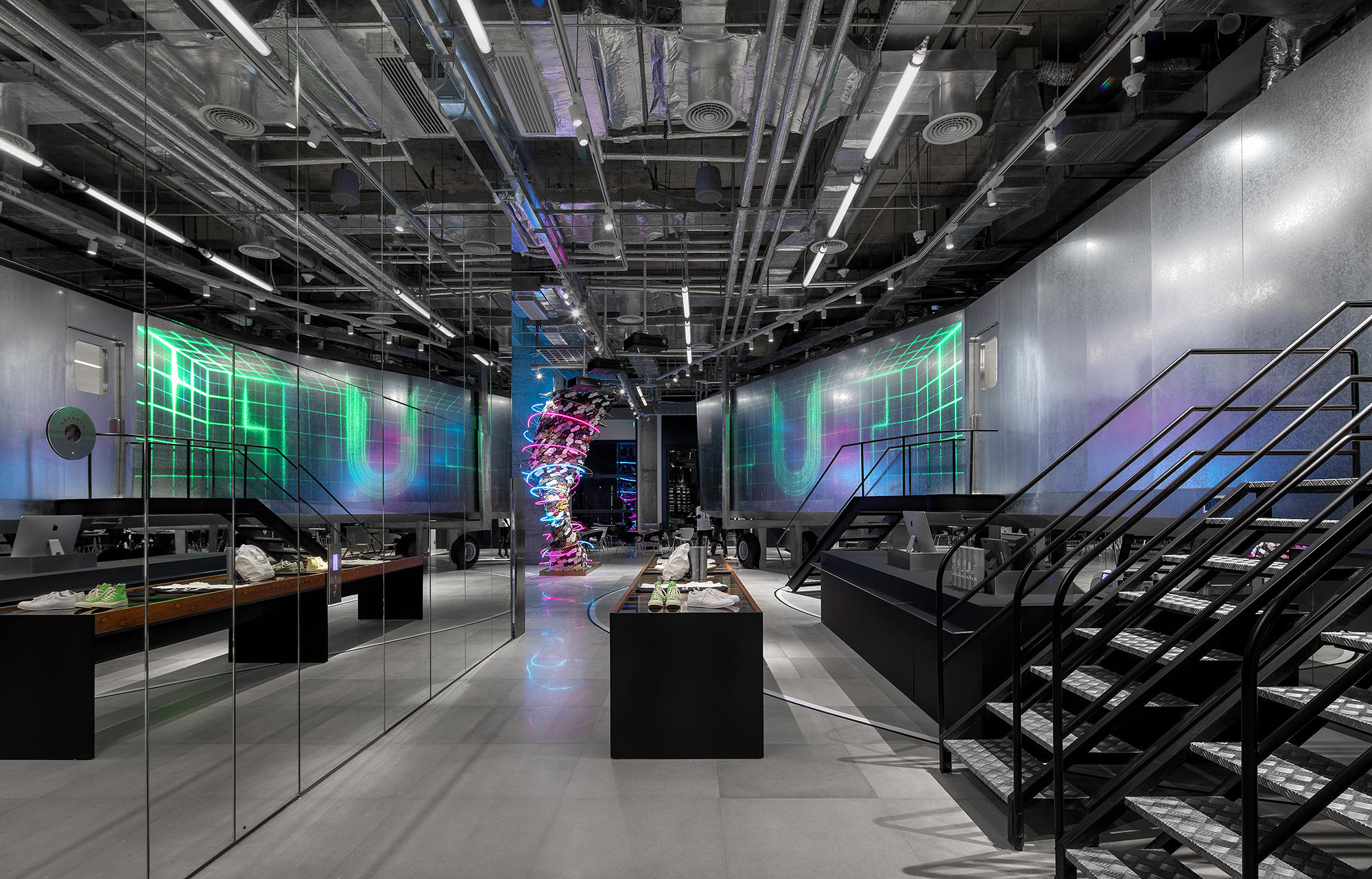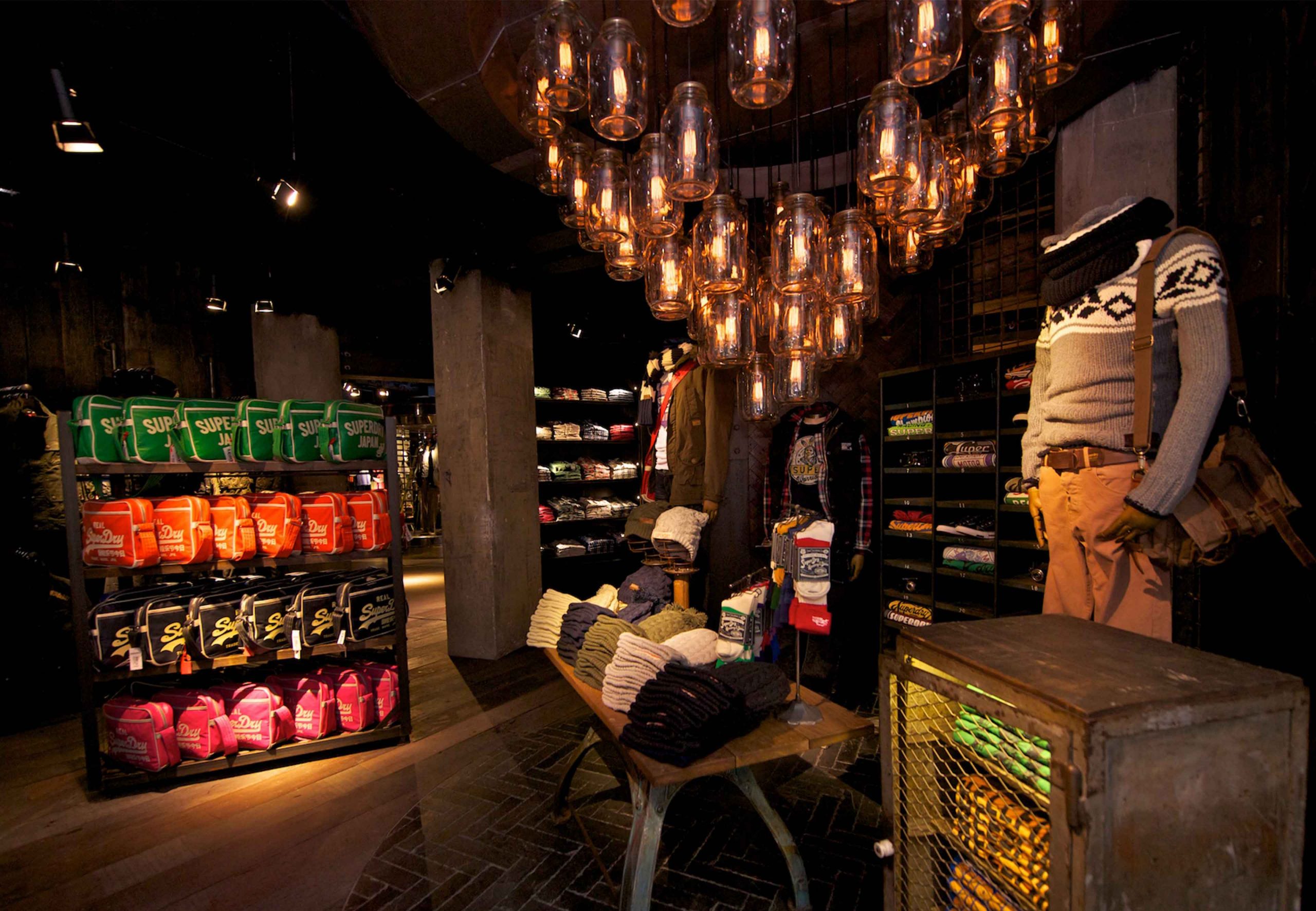The Ultimate Guide to Selecting Energy-Efficient Illumination Options

Recognizing Energy-Efficient Illumination Technologies
When considering energy-efficient illumination choices, it is necessary to understand the various technologies available on the market today. LED (Light Sending out Diode) lights stands out as a popular selection due to its high power performance and lengthy life-span compared to conventional incandescent or fluorescent light bulbs. LEDs take in significantly less energy, give off much less heat, and have a much more extensive operational life, making them a ecologically pleasant and economical alternative. An additional technology to think about is CFL (Compact Fluorescent Lamp) lights, which is a lot more energy-efficient than incandescent bulbs yet less so than LEDs. CFLs are known for their intense light result and fairly long life-span. Furthermore, halogen incandescent bulbs supply enhanced power effectiveness and lifespan contrasted to standard incandescent bulbs. Recognizing the differences in these lights modern technologies can help customers make notified decisions based upon their particular needs, spending plan, and environmental considerations. It is essential to weigh variables such as power effectiveness, life expectancy, light quality, and first price when selecting one of the most appropriate energy-efficient lights innovation for a particular application.
Calculating Power Savings Potential
To evaluate the prospective power financial savings possible through the adoption of energy-efficient illumination innovations, it is essential to conduct detailed estimations based on aspects such as power usage, functional hours, and the certain features of the lights alternatives being taken into consideration. lighting store melbourne. Computing power savings potential involves identifying the current energy intake of existing lights systems and contrasting it to the predicted energy usage of the energy-efficient alternatives present. This comparison allows for a clear estimate of the possible energy savings that can be realized
Functional hours play a crucial duty in these estimations, as illumination systems that are utilized for extended durations will certainly benefit a lot more from energy-efficient options. Furthermore, taking into consideration the specific qualities of different lighting technologies, such as lumens per watt and lifespan, is crucial for properly anticipating power cost savings.
When Picking Lighting,## Variables to Think About - lighting store melbourne.
Think about these vital aspects when picking lighting options for ideal power performance and performance. Understanding the function of the illumination will certainly aid determine the most suitable fixtures and bulbs for the location.
Second of all, take into consideration the energy effectiveness of the lights options. Try to find components and light bulbs with high lumens per watt (lm/W) ratings to guarantee maximum light outcome with very little power usage. LED illumination, for instance, is recognized for its power performance and lengthy life-span contrasted to typical incandescent or fluorescent alternatives.
In addition, review the upkeep needs of the illumination components. Go with fixtures that are simple to clean and maintain to ensure consistent efficiency with time. Picking sturdy components that need very little upkeep can help in reducing lasting upkeep expenses and make sure the lights system operates effectively.
Last but not least, take into consideration the environmental impact of the illumination options. Select components and light bulbs that are eco friendly and energy-efficient, such as those with recyclable parts or minimized carbon emissions. By focusing on sustainability in your illumination selections, you can add to a greener future while delighting in the advantages of energy-efficient illumination remedies.

Comparison of Different Lights Options
In evaluating the variables influencing illumination option for energy effectiveness and performance, it ends up being essential to contrast the numerous lighting choices offered in the market. LED lights sticks out as one of one of the most energy-efficient selections as a result of its long life expectancy and reduced power intake. LEDs are versatile, providing a variety of shade temperature levels and lowering capacities, making them suitable for various settings. Additionally, small fluorescent lamps (CFLs) supply an even more energy-efficient choice to typical incandescent bulbs, although they contain percentages of mercury. Halogen incandescent bulbs provide boosted energy efficiency compared to conventional incandescent bulbs, but they are less efficient than LEDs and CFLs. Another option to think about is fluorescent tubes, frequently utilized in industrial and industrial settings as a result of their high performance and durability. When comparing lighting alternatives, variables such as power effectiveness, life expectancy, color temperature, and ecological effect must be very carefully thought about to make a notified decision based upon certain illumination needs and top priorities.
Tips for Applying Energy-Efficient Lighting
When aiming to improve power effectiveness via lighting selections, implementing critical lighting controls can dramatically decrease power This Site intake. One efficient pointer for executing energy-efficient lights is to utilize occupancy sensing units. These sensing units discover activity within a space and immediately transform lights on or off, ensuring that lights are only being used when required. Additionally, daylight sensing units can be incorporated to change illumination degrees based upon all-natural light accessibility, more optimizing energy usage.
Dimming lights not just develops atmosphere and flexibility in lighting degrees however also aids conserve energy by reducing the quantity of electrical energy consumed. Picking energy-efficient light bulbs such as CFLs or leds can make a considerable difference in power savings.
Verdict
In verdict, choosing energy-efficient lights alternatives is important for reducing power usage and prices. By understanding various innovations, computing prospective savings, thinking about various variables, and comparing alternatives, individuals and organizations can make informed choices to improve energy performance. Executing energy-efficient lights not only profits the environment yet also brings about long-term expense financial savings and improved illumination top quality. It is essential to focus on power performance in illumination choices for a lasting future.
To evaluate the prospective power cost savings possible via the like it fostering of energy-efficient lights technologies, it is crucial to perform detailed calculations based on factors such as energy consumption, operational hours, and the certain attributes of the lights alternatives being thought about (lighting store melbourne).In evaluating the elements influencing lighting choice for energy efficiency and performance, it ends up being imperative to compare the various illumination choices readily available in the market. When contrasting lights choices, aspects such as energy efficiency, lifespan, shade temperature, and environmental impact should be meticulously taken into consideration to make an educated choice based on certain illumination requirements and priorities
When looking to enhance power performance via illumination choices, implementing critical lights controls can Visit Website substantially lower power usage. Executing energy-efficient lighting not only profits the setting but additionally leads to lasting expense financial savings and enhanced lighting high quality.